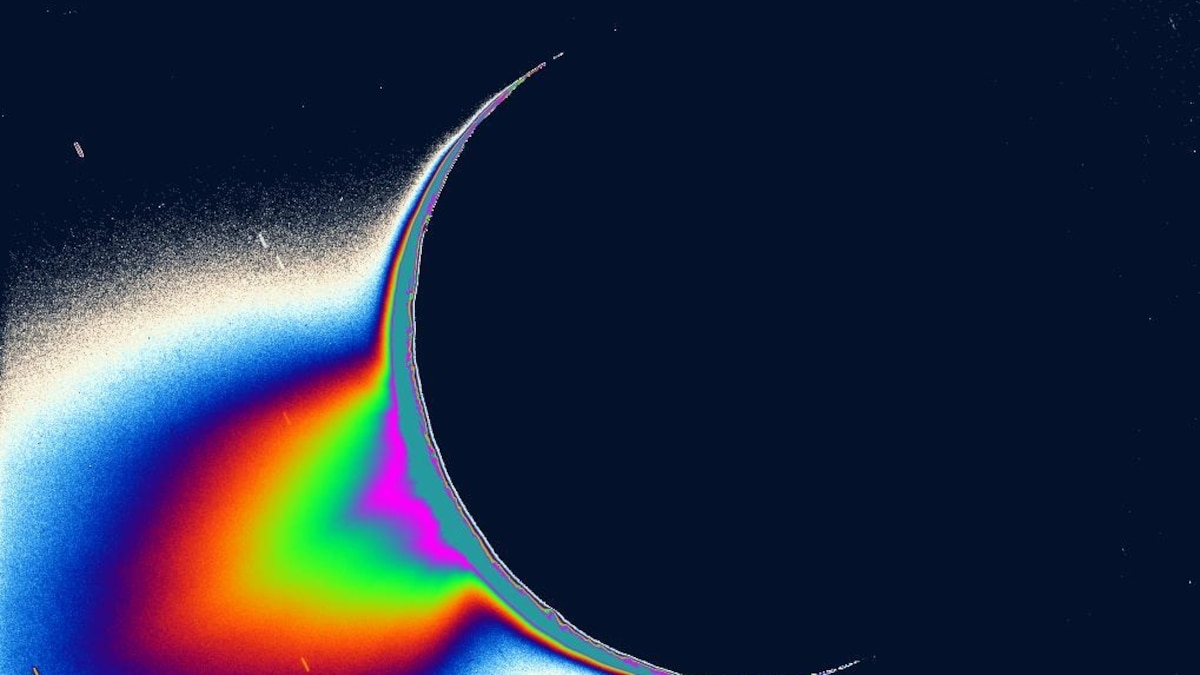Powered by such an energy source, the team calculated that potentially many thousands of microbes per centimeter could flourish at depths between half a meter and two meters below the surface of all three environments.
The idea has been well-received among other astronomers. “It’s important to think out of the box,” says planetary astrobiologist Abel Méndez, director of the Planetary Habitability Laboratory at the University of Puerto Rico who wasn’t part of the study. “I think this is something good to consider, especially for bodies that are far away, like Europa and Enceladus.”
What does this mean for the search for life?
The possibility that aliens might get their energy from cosmic rays greatly expands the range of the Habitable Zone—the region around a star where its heat can keep water liquid and provide energy for photosynthesis. Not only would distant icy moons be within a larger Radiolytic Habitable Zone, but also potentially rogue planets thrown out of their star systems or objects like asteroids that travel between stars since galactic cosmic rays are found throughout in the Milky Way.
“From [the microbes’] point of view, it’s a great environment,” says Atri. “You’re sitting just below the surface, and you have this constant radiation cooking food for you.”
While the new study is a chemical proof-of-concept, both Méndez and Seager caution that detecting cosmic-ray-feeding organisms from far away might be hard. These bugs would likely be living deep within rocks or ice and not necessarily producing any obvious signs of their existence. Atri agrees thinks that the best way to find such creatures would be to explore under the surface of another world.

